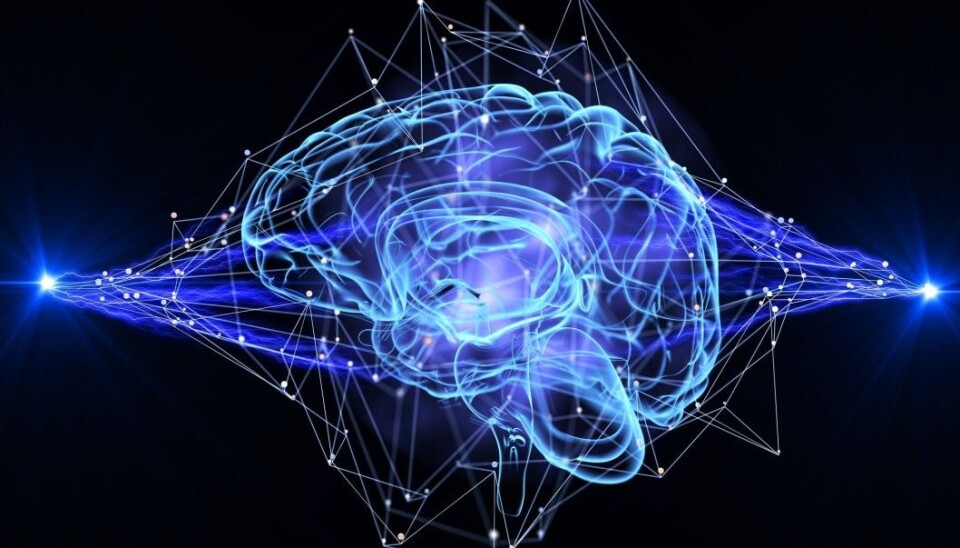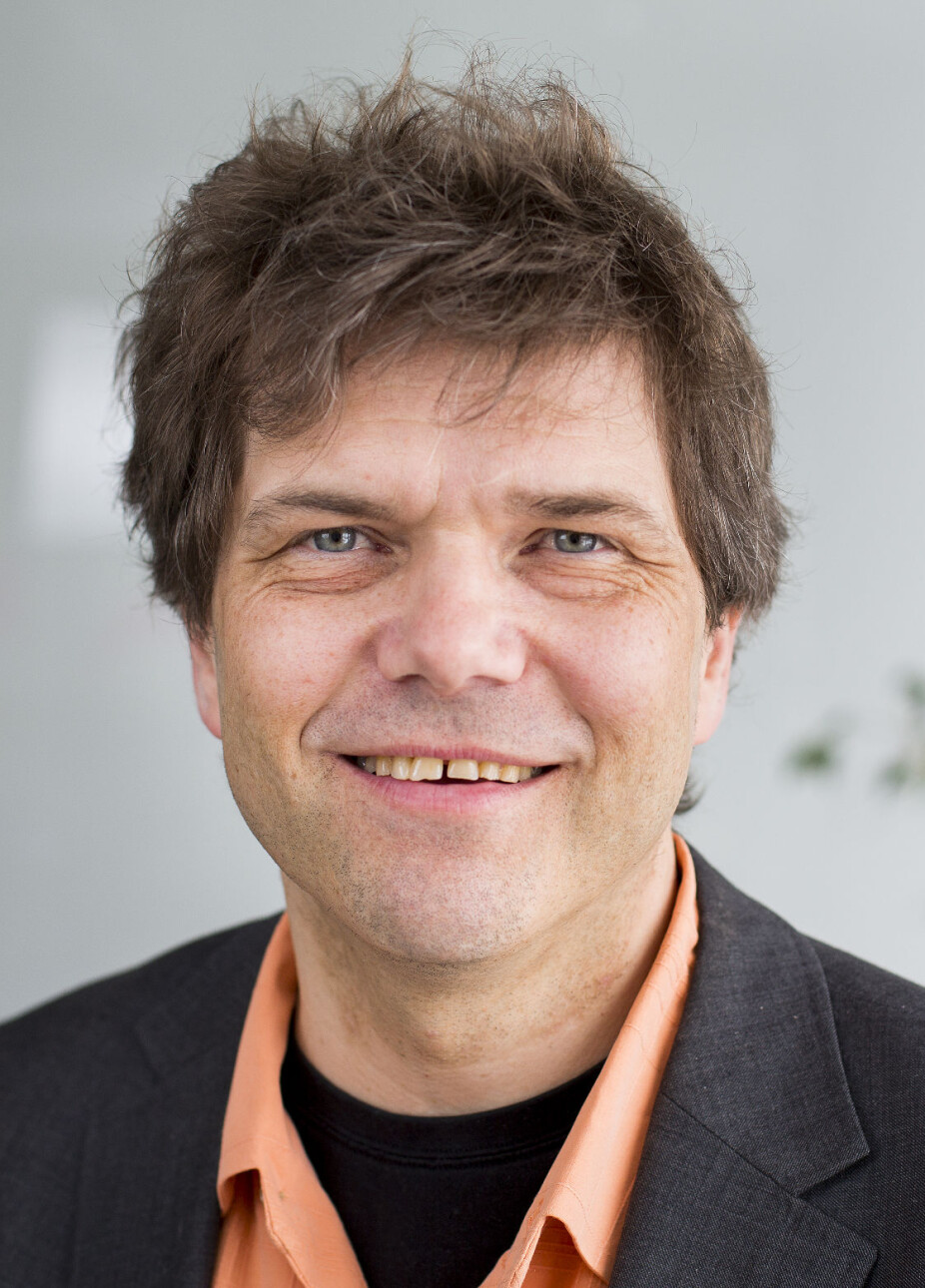This article is produced and financed by the Norwegian University of Life Sciences (NMBU) - read more

Digital brains are key in understanding how the human brain works, and how it can be fixed when broken
Scientists simulate models of the human brain to understand how cell and system levels in the brain interact. In this way, they hope that we will understand brain disease better.
Understanding the human brain is one of the greatest challenges facing 21st century science.
It is key to finding effective treatments for brain injuries and disease, but also for technological innovations - such as finding more energy-efficient ways of computing and constructing intelligent robots supporting our lives.
Brain simulation involves three distinct aspects: Defining a model of the whole or parts of a brain based on available data, implementing and simulating this model on powerful computers, and comparing model responses to experimental data, followed by iterative refinement. Ideally, a model captures the behavior of the nervous system under study faithfully. Some describe this process as creating a digital brain.
Once a digital brain model is well established, it will enable scientists to test current theories of cognition, or explore model modifications that reflect brain dysfunction in the event of injury or disease.
In a recent paper, scientists argue that such simulations will be indispensable for linking the neuron and system levels in the brain so we can better understand how networks of neurons interact.
The behaviour of networks of neurons is still poorly understood
"Despite decades of intense research efforts investigating the brain at the molecular, cell circuit and system levels, the operating principles of the human brain, or any brain, remain largely unknown. Likewise, effective treatments for prevalent serious psychiatric disorders and dementia are still lacking. In broad terms one could argue that we now have a fairly good understanding of how individual neurons operate and process information, but that the behaviour of networks of such neurons is poorly understood," write the scientists behind the study The scientific case for brain simulations, published in Neuron recently. All of the authors of the paper are affiliated with the European flagship project the Human Brain Project (HBP).
"Both to understand a healthy brain, and also to cure brain dysfunction in the event of injury or disease, you need the detailed understanding that only can be provided by precise mathematical models," says Hans Ekkehard Plesser, Professor at Norwegian University of Life Sciences (NMBU) and one of the authors of the paper.

Recently a personalised brain modelling approach to improve the outcomes of epilepsy surgery has received approval for clinical testing in 13 hospitals in France. Developed by HBP-scientist and professor Viktor Jirsa and an interdisciplinary team of collaborators, the simulation-based approach is expected to provide a better therapeutic perspective against drug-resistant epilepsy, and is one example of how brain simulations can be put to use to improve human health.
An algorithm for large-scale brain simulations
In 2018, scientists affiliated with the same research project released an algorithm for large-scale brain simulations. But to fully exploit the power of this algorithm, we need the next generation of supercomputers.
This generation of computers, so-called "exascale" computers, are expected to be on the market around year 2022. They will be capable of at least a billion billion (quintillion) calculations per second.
Thus, they will exceed the performance of today's most advanced supercomputers ten- to a hundredfold, and will for the first time provide researchers with the computational power needed to simulate neural networks of the same magnitude as the human brain.

"When analysing the new algorithms we realized that our novel technology would not only enable simulations on exascale systems but it would also make simulations faster on presently available supercomputers," said Susanne Kunkel, lead author of the article about the algorithm for large-scale brain simulations. Kunkel is currently a post doctor at NMBU.
Smart mobiles and weather services
The scientists believe that brain science can learn from how smart mobile and weather forecasting services have used mathematics and simulations to bridge the gap between models on different scales.
They admit this will be a daunting challenge, but say that encouragingly there are examples from other branches of science where this has been achieved with great success.
"Today's most impressive example is arguably the weather simulations that give us weather forecasts with increasing accuracy year by year. These physics and chemistry-based simulations build bridges from a single weather station to the entire world - and can be compared to brain simulations in computational complexity,"says Gaute Einevoll, Professor at Norwegian University of Life Sciences (NMBU) and lead author of the Neuron-paper.
The weather forecasts presented on yr.no and other websites today are based on numerical weather forecasting models that are in fact data simulations of the atmosphere. They use mathematical models of the atmosphere to predict the weather based on the current weather conditions.
"The technology in smartphones is another impressive example. Here, tailor-made materials are made of selected semiconductor and metal atoms assembled in many transistors, comparable to nerve cells, and they are connected in networks on a chip, like a "brain," Einevoll continues.
Important for scientific progress
"Our project can be compared to Isaac Newton's development of a new branch in mathematics. Newton needed to develop a type of mathematics called calculus to check whether his proposed law of gravitation of how masses such as planets attract each other was correct or not.
"With calculus he could calculate the planetary paths in his model and verify that his theory was consistent with observations. With the simulation infrastructure we are developing, we can similarly test whether our candidate network models provide predictions that are consistent with brain measurements. This workflow will be important for further scientific progress," says Einevoll.
Reference:
Gaute T. Einevoll, Alain Destexhe, Markus Diesmann, Sonja Grün, Viktor Jirsa, Marc de Kamps, Michele Migliore, Torbjørn V. Ness, Hans E. Plesser, Felix Schürmann. "The scientific case for brain simulations", Neuron p. 735-744, Volume 22 Issue 4 22 May 2019.


































